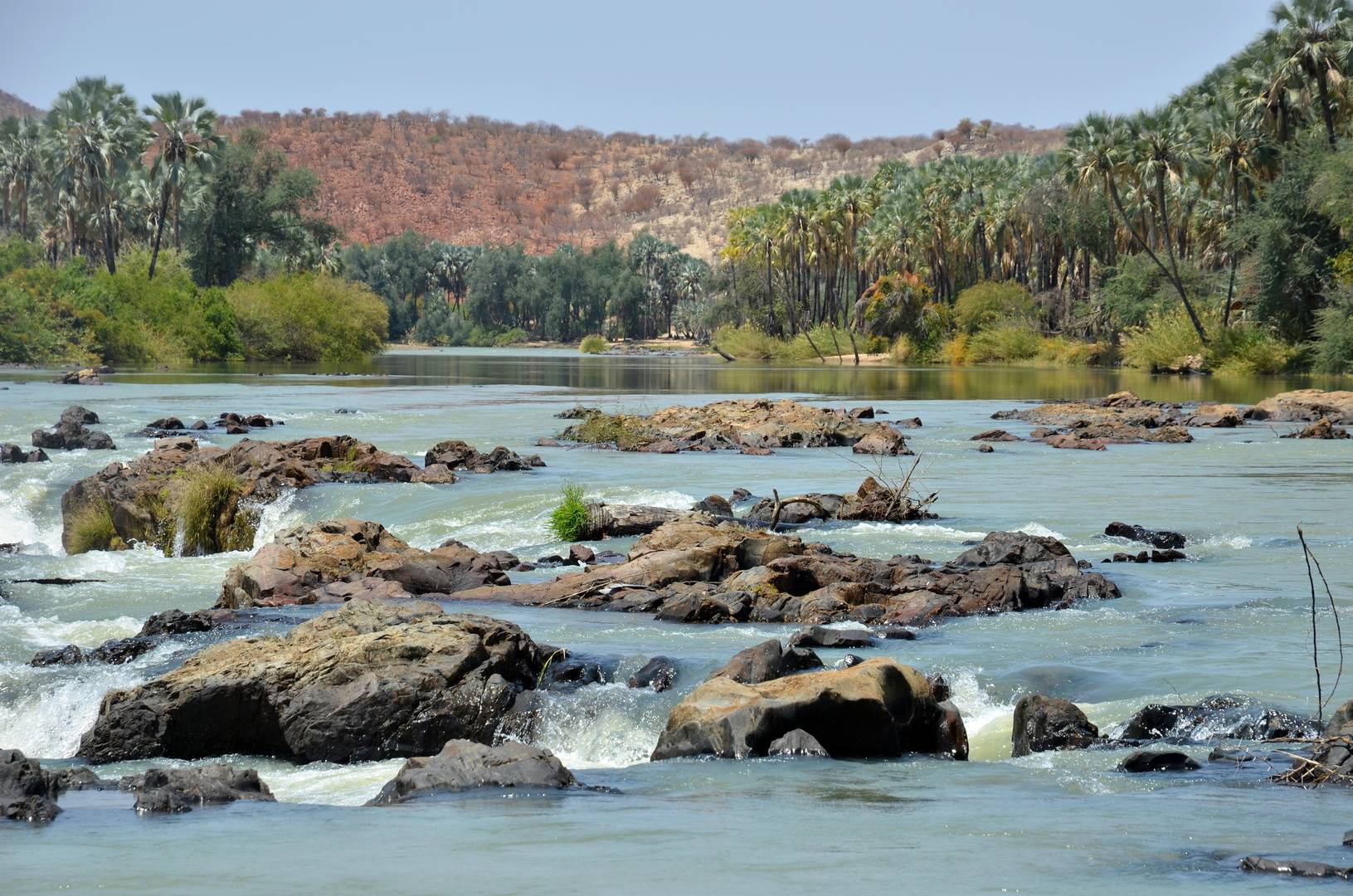
The governments of Namibia and Angola announced plans to resume work on the Baines hydroelectric dam, which will be built on the border between the two countries, the Namibian Sun newspaper reported on June 6.
The hydroelectric plant, according to the project, will produce 881 MW of electricity. However, the project itself has in the past caused clashes in the community due to the possible negative impact of the dams on the environment and especially on the lands of the Ovahimba people.
Namibia’s Minister of Mines and Energy, Tom Alwendo, met on Monday with Angola’s Minister of Energy and Water, João Baptista Borges, at the Lauca hydroelectric dam in Angola. During the meeting, an agreement was reached to restart the 881 MW Baines Double Dam and Hydroelectric Project in the lower Kunene.
A joint statement released this week said the decision to restart the project was made on November 10, 2023. During the launch of the project more than four years ago, the Namibian Afrikaans newspaper Republikein reported that the plant would produce 600 MW of electricity, which They would be divided equally between Namibia and Angola.
According to the two ministers in a joint statement, the project is of strategic importance for both countries, as well as for the Southern African Development Community (SADC), especially since Angola is not yet connected to the South African Power Grid (SAPP). Therefore, it is imperative that the Angola-Namibia electricity transmission line, known as the ANNA line, be completed as soon as possible, the statement said. He also says:
“The investment includes the establishment of a transmission network for the binational Baines hydroelectric project, which will further develop the connectivity of Angola and Namibia with the rest of the region, as well as providing an additional route for the export of excess electricity from Kwanza . and basins of the Cunene rivers”..
Ministers acknowledged that the Baines project had been delayed for many years: its feasibility study began in 2008 and was completed in 2014. It was updated in 2021, finalized and approved this year.
At the meeting it was decided to create a joint division with a head office in Windhoek or Luanda and an additional office in the other country. In addition to the unit, a joint bank account will be created with annual contributions from the national budgets of both countries.
Concerns have previously been raised about the project’s impact on the environment and lands of the Ovahimba people, with Republikein reporting that the Ovahimba people say they were not involved in the project’s decision-making processes and are concerned that their way of life may be at risk. .
Not consulting with indigenous communities is a violation of the principle of free, prior and informed consent for development on their lands, to which indigenous peoples are entitled, the newspaper notes.
At the ministerial meeting it was also decided to build an additional check dam approximately 12 km downstream with a capacity of 21 MW. The wall of this dam will serve as a bridge for the highway between neighboring countries.
The project model is expected to be agreed in September. Lawyers representing the two governments are expected to complete a legal review of the deal this month. Namibia will hold a meeting on the issue before the end of June and an agreement is reportedly expected to be signed in July.
Source: Rossa Primavera
I am Michael Melvin, an experienced news writer with a passion for uncovering stories and bringing them to the public. I have been working in the news industry for over five years now, and my work has been published on multiple websites. As an author at 24 News Reporters, I cover world section of current events stories that are both informative and captivating to read.
